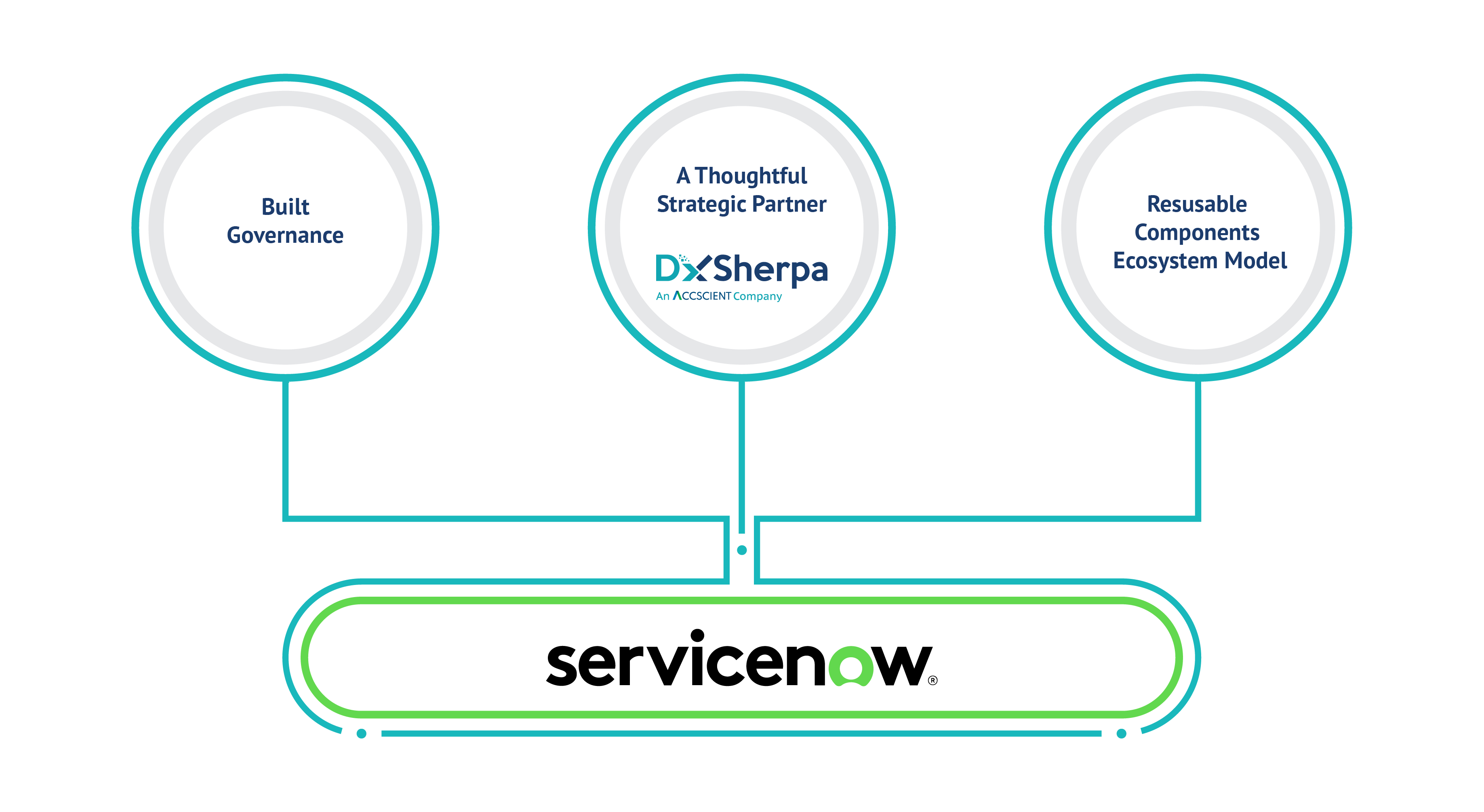
Thought Leadership
Creating a Future Fit Platform Strategy

Thought Leadership
Creating a Future Fit Platform Strategy

Have you ever wondered why it’s easy to explain the difference between a traditional platform strategy and a future-proof platform strategy, but hard to accomplish?
Current, Legacy platform strategies lag behind because they are too rigid, buried in technical debt, and stifle innovation potential. Meanwhile, preparing for the future prioritizes choosing and owning a lightweight, adaptable platform with the scalability, flexibility, and ecosystem to maximize business impact. With ServiceNow and an advanced approach, can meet both customer and employee needs planned, secured and quick manner.
So how do technology leaders achieve a sustainable platform strategy? By assembling a strategic, ecosystem-focused, cloud-based technology platform. A strategic platform has the scope and modularity to drive innovation. No heavy customization or the burden of technology overgrowth. You can also quickly adapt your strategic platform by adding new features and optimizing components that have no business value.
An integral part of the strategic technology platform is the ecosystem. Members include users, developers and partners among others. The ecosystem allows exchange of best practices and easy exchange of functionality. Therefore, when moving from build-versus-buy to customization or configuration, these participants are key to moving faster and more effectively. Track the ecosystem for reuse. This minimizes adaptation, expansion and risk.

Great Platform for a Great Strategy to Work:
Moving to a future-proof platform strategy will increase efficiency and improve the delivery experience. Here are some key recommendations for strategic use of the platform:
Define your “strategic platform”: Ensure partners are aligned with business needs and values. Partners should not be too niche and should have a robust ecosystem. Above all, they must be trusted.
Governance Approach: Find the best number of partners for your business and anticipate that those partners may change over time. Likewise, adopt an approach to governance that is neither too rigid, nor too loose, too piecemeal, or too dependent. Constantly evaluate your platform strategy and make changes that best suit your business needs.
Trust: Building and managing trust is critical to the success of any platform. So make it a priority to monitor performance, identify malicious intent, and keep everyone up to date with the latest IT policies.
It is all about Right Foundation for the Right Technology!

Rachna Barsagade
Vice President
DxSherpa Technologies